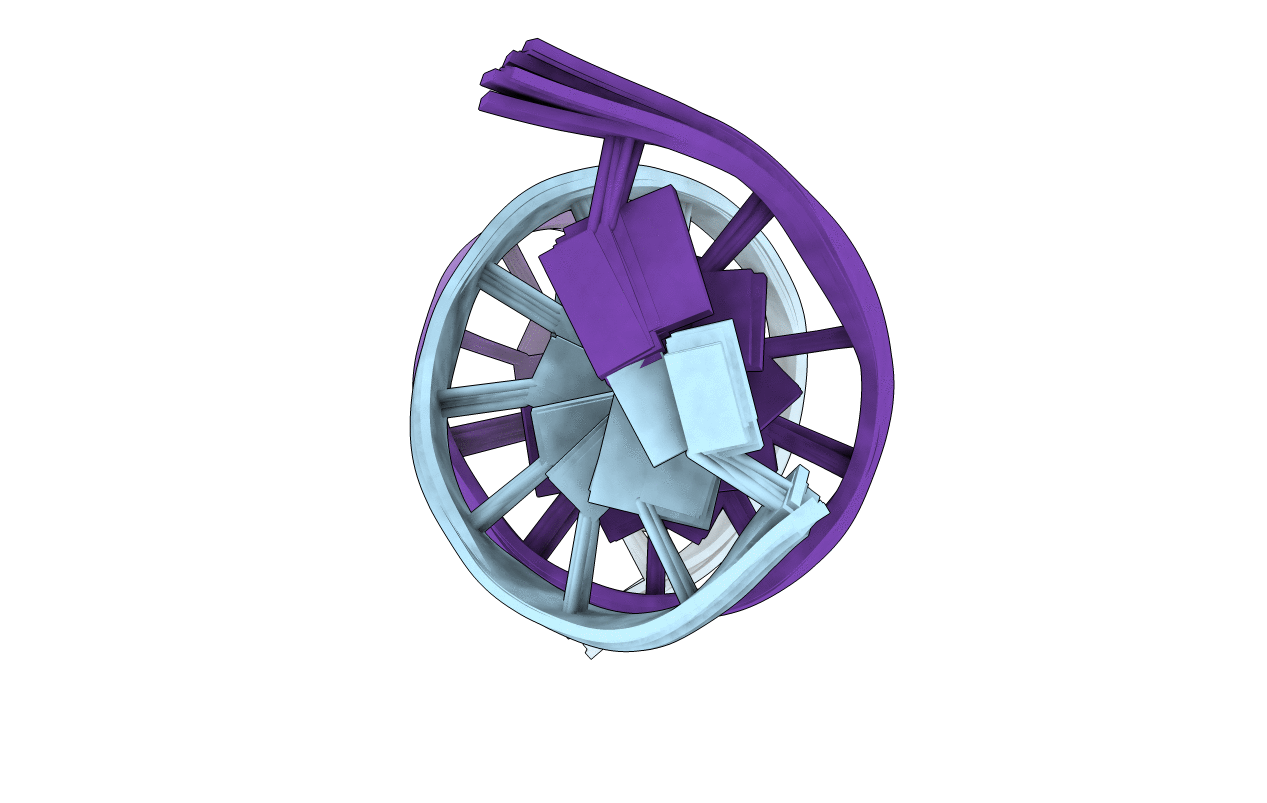
Deposition Date
2003-12-13
Release Date
2004-02-10
Last Version Date
2024-05-22
Entry Detail
Biological Source:
Source Organism:
Method Details:
Experimental Method:
Conformers Calculated:
30
Conformers Submitted:
9
Selection Criteria:
structures with the least restraint violations,structures with the lowest energy


